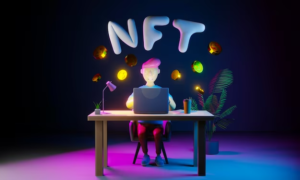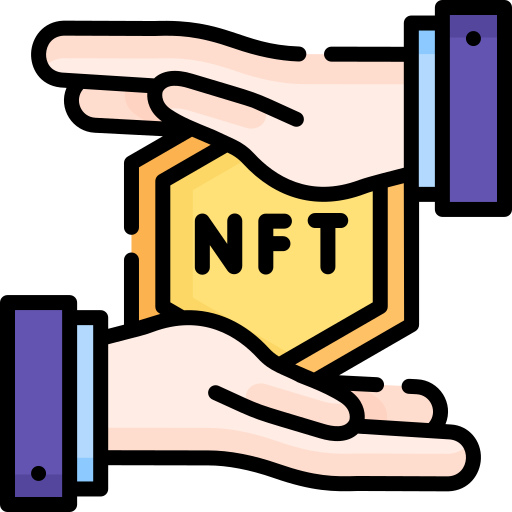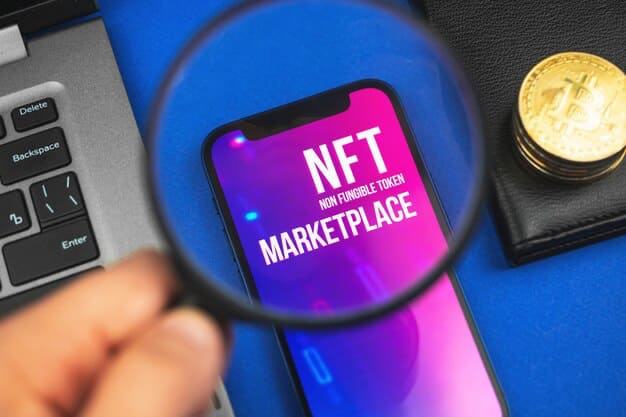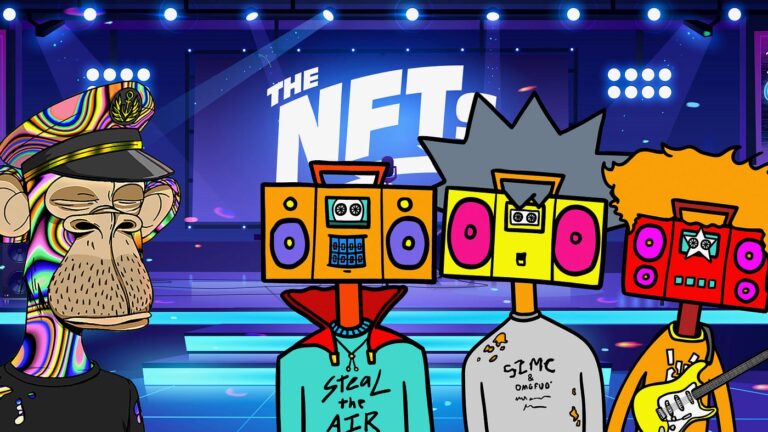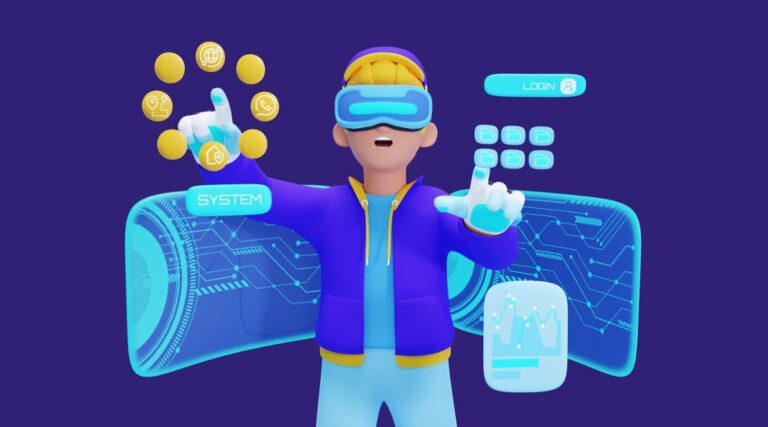Introduction
With digital art and collectibles advancing quickly, non-fungible tokens (NFTs) have grabbed headlines as a buzzword in this market. An NFT aggregator marketplace is gaining popularity amidst the growth of this industry. This piece endeavors to offer valuable insights into what such an aggregation platform entails, why it’s crucial for handling NFTs, its advantages & mechanisms that steer how it works.
What is an NFT Aggregator Marketplace?
A digital platform called an NFT aggregator marketplace consolidates and presents non-fungible tokens (NFTs) from multiple sources in a single centralized location. Such platforms help simplify the user experience for both collectors and artists by offering a comprehensive view of the NFT market. To fully grasp this idea, it is necessary to understand the essential elements that make up an NFT aggregator marketplace:
| Component | Description |
|---|---|
| NFT Sources | A marketplace that aggregates NFTs integrates with different marketplaces like OpenSea, Rarible, and SuperRare to gather and exhibit various listings. These sources differ in their fame, uniqueness, and the variety of NFTs they offer. |
| User Interface (UI) | In NFT aggregator marketplaces, it is imperative to have a UI that is intuitive and user-friendly. It should allow the users to navigate effortlessly on the platform while searching for particular NFTs and exploring handpicked collections. |
| Search and Filtering Tools | Users can easily identify NFTs that meet their preferences with the help of robust search and filtering capabilities. These features facilitate searches based on various parameters like rarity, price range, creator information, etc. thereby streamlining the process of navigating through numerous options available in this space. |
| NFT Listings | Aggregator platforms for NFTs showcase listings of non-fungible tokens which include comprehensive details such as images, descriptions, metadata, and pricing. Irrespective of the originating marketplace, users can access these standardized format listings with ease. |
| Pricing Data | Users can make informed decisions with the help of real-time pricing data. Aggregator marketplaces commonly offer price trends, historical records, and comparisons for NFTs to enable users to evaluate their potential worth. |
| Wallet Integration | In order to safely conduct NFT transactions, users must link their cryptocurrency wallets with the aggregator platform. |
| Collections and Curation | Numerous marketplaces that aggregate NFTs gather collections of these digital assets, simplifying the process for individuals to uncover and delve into themed or popular NFTs. Curated assortments may center around artists, styles, or tendencies. |
| Auction and Bidding Features | There are aggregator platforms that back up live NFT auctions and enable users to engage in competitive purchasing procedures directly through the platform’s interface. |
| Community Engagement | NFT enthusiasts and creators get the chance to interact with one another through features such as user profiles, shares, comments, and likes prompting community engagement. |
Benefits of NFT Aggregator Marketplaces
The emergence of NFT aggregator marketplaces has proven to be a valuable asset for beginners and experienced collectors alike in the realm of non-fungible tokens (NFTs). These central hubs offer users access to an extensive array of NFTs from multiple blockchain-based markets, optimizing overall trading experiences with several advantages. Let’s discuss the benefits and features associated with these platforms.
Wide Selection in One Place
The foremost advantage that NFT aggregator marketplaces offer is the convenience of procuring a wide range of NFTs from varied platforms, all consolidated in one location. This characteristic substantially boosts the likelihood for users to discover distinctive or scarce NFT items that may not be easily attainable on any singular platform alone. An example can highlight this point better; let’s consider a table comparing the assortment of available NFTs across different marketplaces:
| NFT Marketplace | Number of Listings |
|---|---|
| OpenSea | 5,000,000+ |
| Rarible | 1,500,000+ |
| SuperRare | 150,000+ |
| NBA Top Shot | 100,000+ |
| Nifty Gateway | 250,000+ |
| NFT Aggregator | 7,000,000+ |
As depicted in the table, by aggregating NFTs from various platforms, the aggregator marketplace offers a united and comprehensive collection of NFTs. As a result, users can access an expanded catalog to browse through.
Time and Cost Efficiency
Save time and money by avoiding the hassle of navigating multiple marketplaces to find desired NFTs. Aggregator marketplaces simplify the process, allowing for streamlined and efficient transactions with potentially lower costs. Check out these benefits:
- Single Sign-In: With Single Sign-In, a user can log in once and gain access to several marketplaces. This feature eradicates the requirement for creating multiple accounts or remembering countless credentials;
- Unified Wallet: The concept of a unified wallet often comes up among aggregators, who provide users with the convenience of managing their NFT assets across various platforms using one centralized dashboard;
- Reduced Gas Fees: Gas fees can be minimized through transaction consolidation, reducing the number of blockchain interactions and potentially saving costs for users.
Price Comparison Tools
To make informed purchasing decisions, buyers need to compare prices across different platforms. NFT aggregator marketplaces typically provide tools and features to facilitate this process, enhancing transparency and ensuring that users get the best value for their investments. Here’s how price comparison tools work:
- Real-Time Pricing: Aggregators fetch real-time pricing data from various marketplaces, allowing users to see the current market value of a specific NFT;
- Historical Data: Users can access historical price data to analyze trends and make informed predictions about the NFT’s future value;
- Notifications: Some aggregators offer price alert notifications, ensuring users stay updated on price fluctuations for their favorite NFTs.
Enhanced Liquidity
NFT aggregator marketplaces play a crucial role in increasing liquidity within the NFT market. This is achieved by pooling together resources and users from various platforms, resulting in a more active and dynamic trading environment. The benefits of enhanced liquidity include:
- Faster Transactions: With more users and NFTs available, buyers and sellers can execute transactions more quickly, reducing the time spent waiting for trades to occur;
- Price Stability: Increased liquidity can lead to more stable prices, reducing the likelihood of extreme price fluctuations;
- Broader Market Access: Users can access a broader network of potential buyers and sellers, improving their chances of finding the right counterpart for their NFT transactions.
Curated Collections
In addition to offering a wide selection of NFTs, some aggregator marketplaces curate collections. These curated collections are handpicked by experts or algorithms, showcasing quality NFTs and emerging artists. This curation process adds significant value to the platform, benefiting both collectors and artists:
- Discover New Talent: Users can discover emerging artists and their work, providing exposure to creators who might otherwise go unnoticed;
- Quality Assurance: Curated collections often come with a level of quality assurance, ensuring that users are exposed to high-quality NFTs that have passed a certain threshold of artistic or collectible merit.
How NFT Aggregator Marketplaces Work
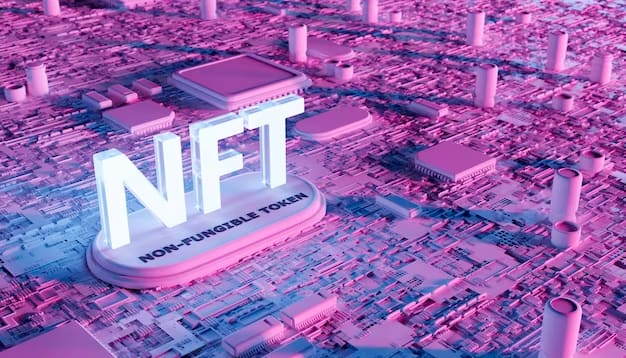
NFT aggregator marketplaces function by connecting to various NFT platforms through APIs or other integration methods. Here’s a simplified breakdown:
Data Aggregation
At the core of NFT aggregator marketplaces is the process of data aggregation. These platforms connect to multiple NFT marketplaces, such as OpenSea, Rarible, and SuperRare, through Application Programming Interfaces (APIs) or other integration methods. Here’s a more detailed breakdown of this crucial step:
- API Integration: Aggregator platforms establish connections with various NFT marketplaces by integrating their APIs. This allows them to fetch data about NFTs, including metadata, ownership details, pricing information, and transaction history;
- Data Retrieval: The aggregator continuously collects and updates information from these connected marketplaces. This data retrieval process ensures that users have access to real-time information about NFTs available on different platforms.
Cataloging and Organization
Once the aggregator fetches data from multiple marketplaces, the next step involves cataloging and organizing the NFTs. This organization ensures that users can easily navigate and search for NFTs of interest. Key aspects of this phase include:
- Cataloging Metadata: Aggregator platforms extract metadata associated with each NFT, including titles, descriptions, creators, and attributes. This metadata is used to create comprehensive listings for each NFT;
- Filtering and Sorting: To enhance user experience, aggregator marketplaces typically provide options to filter and sort NFTs based on various criteria. Users can filter by categories, artists, price ranges, and more, making it easier to find specific NFTs within the vast collection.
User Interface
The user interface of NFT aggregator marketplaces is designed to be user-friendly and intuitive, allowing users to explore and interact with the aggregated NFT listings seamlessly. Here’s how the user interface enhances the NFT discovery and purchasing experience:
- Aggregated NFT Listings: The central feature of the interface is the display of aggregated NFT listings from various platforms, presented in a unified format. Users can browse through a wide selection of NFTs without navigating multiple websites;
- Comparison Tools: Aggregator platforms often provide tools for comparing NFTs. Users can view side-by-side comparisons of NFTs from different marketplaces, including price, attributes, and historical data, enabling them to make well-informed decisions;
- Bidding and Purchasing: Users can place bids or make direct purchases through the aggregator interface. When a user decides to acquire an NFT, the aggregator handles the transaction process, interacting with the respective marketplace’s smart contract on behalf of the user.
Transaction Facilitation
The final and crucial aspect of NFT aggregator marketplaces is transaction facilitation. When a user initiates a purchase, the aggregator seamlessly facilitates the transaction process, ensuring a smooth and secure exchange. Key elements of this phase include:
- Smart Contract Interaction: The aggregator communicates with the smart contract of the selected NFT marketplace to execute the transaction. This involves verifying ownership, initiating the transfer of ownership, and handling the payment process;
- Wallet Integration: Users’ cryptocurrency wallets are integrated into the aggregator platform. This allows for the secure storage of NFTs and the handling of payment transactions;
- Transaction Confirmation: Users receive notifications and confirmations about the status of their NFT transactions through the aggregator’s interface, providing transparency and peace of mind.
Dive Deeper: NFT Aggregator Marketplace Development
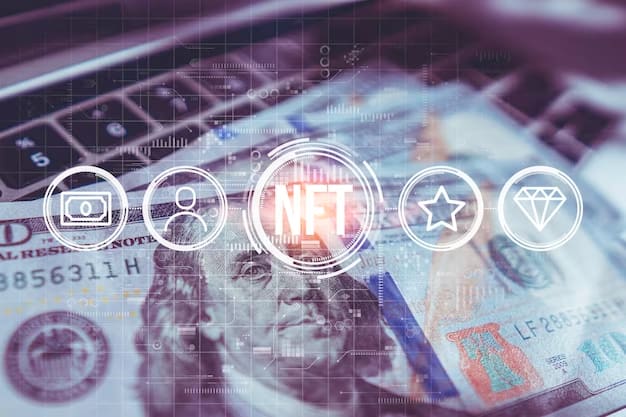
Developing an NFT aggregator marketplace involves several key components:
Smart Contract Integration
Smart contract integration is the backbone of any NFT aggregator marketplace. It enables the platform to fetch real-time data about NFTs and facilitate secure transactions. Here’s an overview of the crucial aspects of smart contract integration:
- Supported Platforms: To create a comprehensive NFT aggregator, you need to integrate with various NFT platforms such as Ethereum, Binance Smart Chain, Flow, and others. Each platform has its own unique smart contracts and standards (e.g., ERC-721, ERC-1155) that must be integrated into your system;
- Real-time Data Fetching: Your platform should continuously fetch and update data from the integrated smart contracts. This includes information about NFT ownership, metadata, transaction history, and more. Utilize Web3.js or similar libraries to interact with blockchain networks;
- Wallet Integration: Integrate popular crypto wallets like MetaMask, Trust Wallet, and others to allow users to connect their wallets and interact with NFTs directly through your platform.
User Experience Design
A user-friendly interface is paramount in attracting and retaining users. Here are key considerations for designing an exceptional user experience:
- Clean and Intuitive UI/UX: Create a visually appealing and user-friendly interface that provides easy navigation and clear information presentation. Use wireframes and prototypes to refine the design;
- Search and Discovery Features: Implement advanced search and discovery features, including filters for categories, artists, rarity, and more. Users should be able to explore NFT collections effortlessly;
- Responsive Design: Ensure that your marketplace is accessible on both desktop and mobile devices. Responsive design is essential for a seamless user experience across various platforms.
API Development
Robust APIs are essential for efficient data fetching and updating. Consider the following aspects when developing APIs for your NFT aggregator marketplace:
- Data Aggregation: Develop APIs that aggregate data from different blockchain networks and NFT platforms. These APIs should provide a unified interface for accessing NFT information;
- Caching Mechanism: Implement a caching mechanism to reduce the load on blockchain networks and provide faster data retrieval for users. Redis or similar caching solutions can be employed;
- Rate Limiting and Scalability: To ensure the stability and scalability of your platform, implement rate limiting on API endpoints and prepare for increased traffic as your user base grows.
Security Measures
The security of your NFT aggregator marketplace is paramount to protect users’ assets and data. Consider the following security measures:
- Smart Contract Audits: Perform regular smart contract audits to identify vulnerabilities and ensure the integrity of the integrated smart contracts. Engage with third-party security firms for comprehensive audits;
- Two-Factor Authentication (2FA): Implement 2FA for user accounts to add an extra layer of security. This helps prevent unauthorized access to user wallets and accounts;
- Data Encryption: Ensure that sensitive user data and transaction information are encrypted using strong encryption algorithms. Utilize HTTPS for secure data transmission.
Conclusion
The development of NFT aggregator marketplaces marks a significant milestone in the NFT sector, offering a more user-friendly and efficient way to explore the world of digital collectibles. As these platforms evolve, the demand for skilled NFT developers who can innovate and improve these marketplaces increases. For those interested in contributing to this burgeoning ecosystem, understanding how to find NFT developers is essential. It’s a journey of continuous learning and adaptation in a rapidly evolving field.
Remember, as with any investment or purchase, conducting thorough research and understanding the risks is crucial. Happy collecting and exploring in the diverse, vibrant world of NFTs!
FAQ
While traditional marketplaces host and sell their NFTs, aggregators compile listings from various marketplaces, offering a broader selection and comparison tools.
They typically earn through transaction fees, affiliate commissions, or advertising. Some may also offer premium features for a fee.
Generally, you list your NFT on a regular marketplace, and the aggregator automatically includes it in its listings.
While reputable aggregators implement robust security measures, users should always do their due diligence and understand the risks associated with any online transaction.

